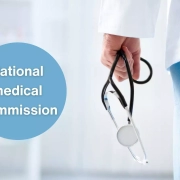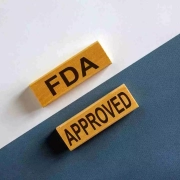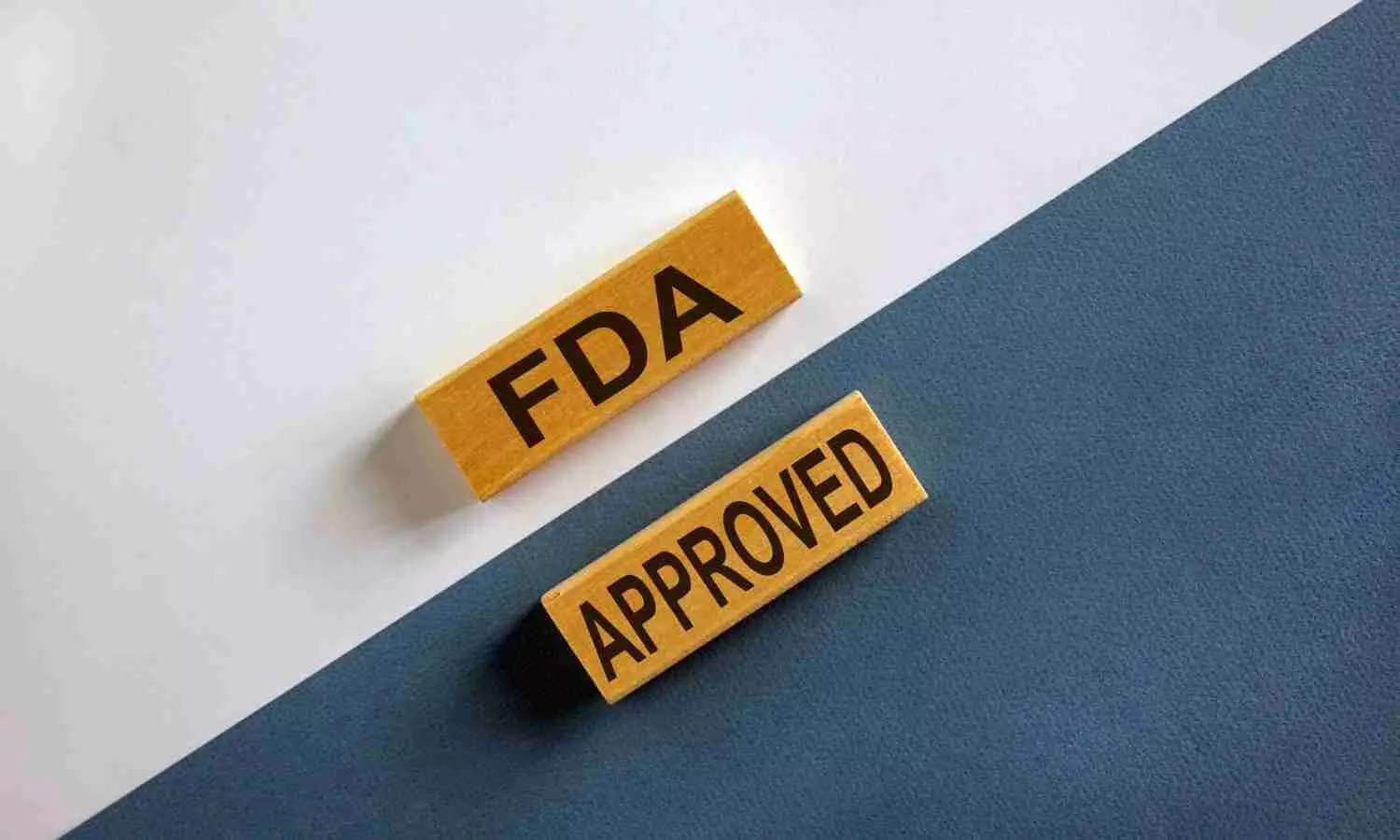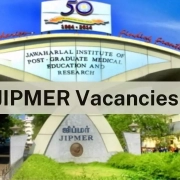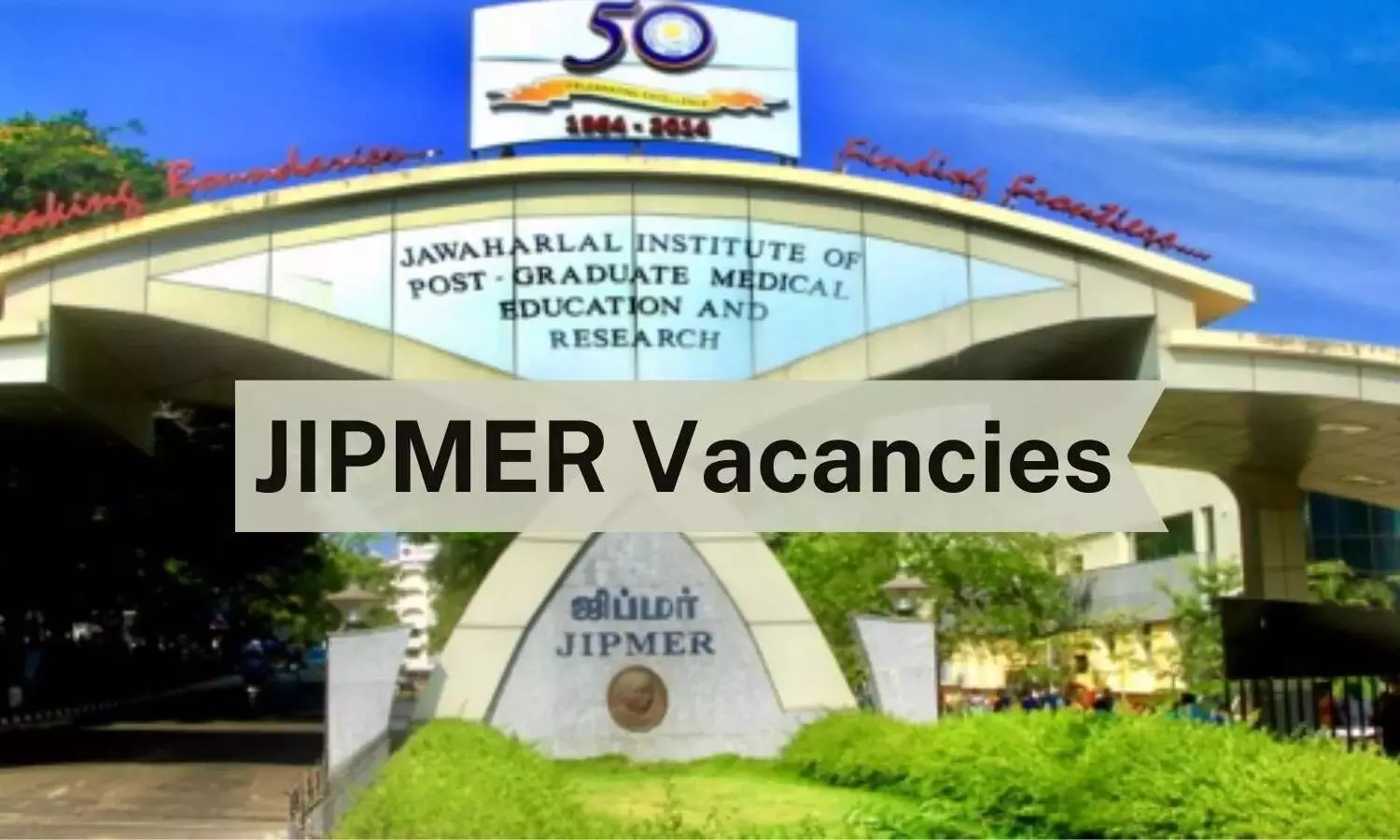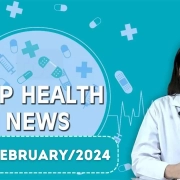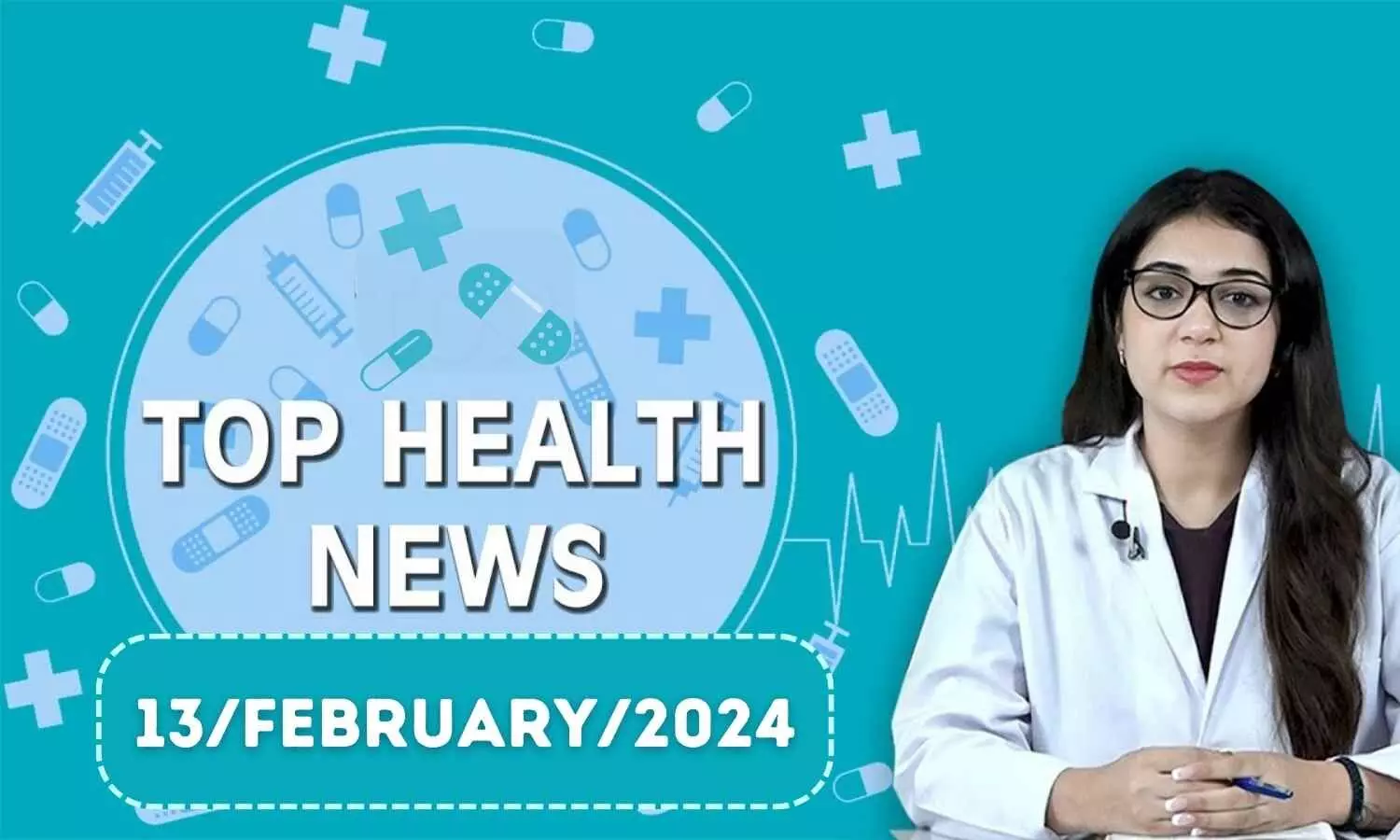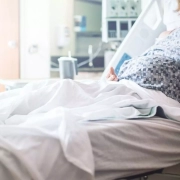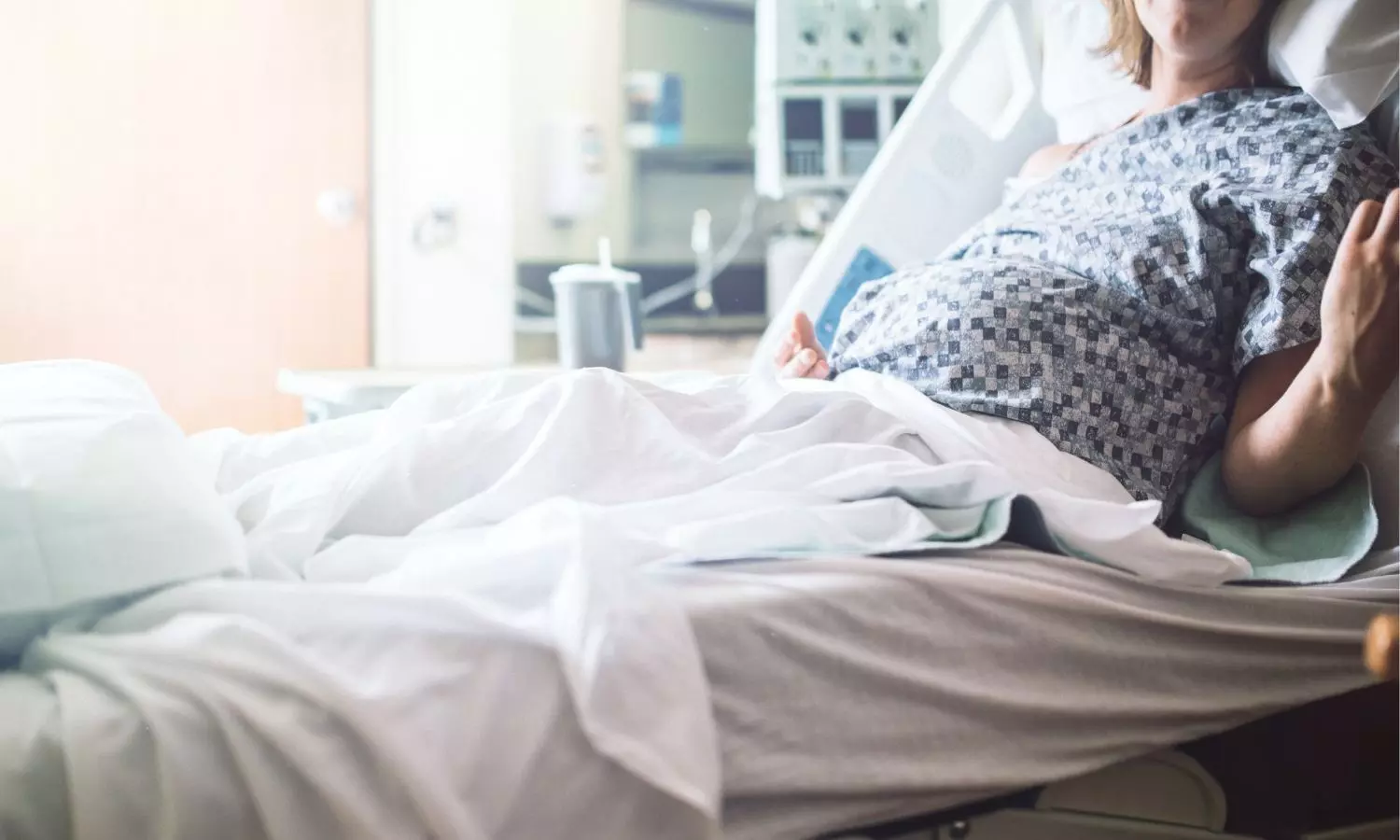Flexner Model: Parliamentary Panel Advises NMC to Study International Best Practices
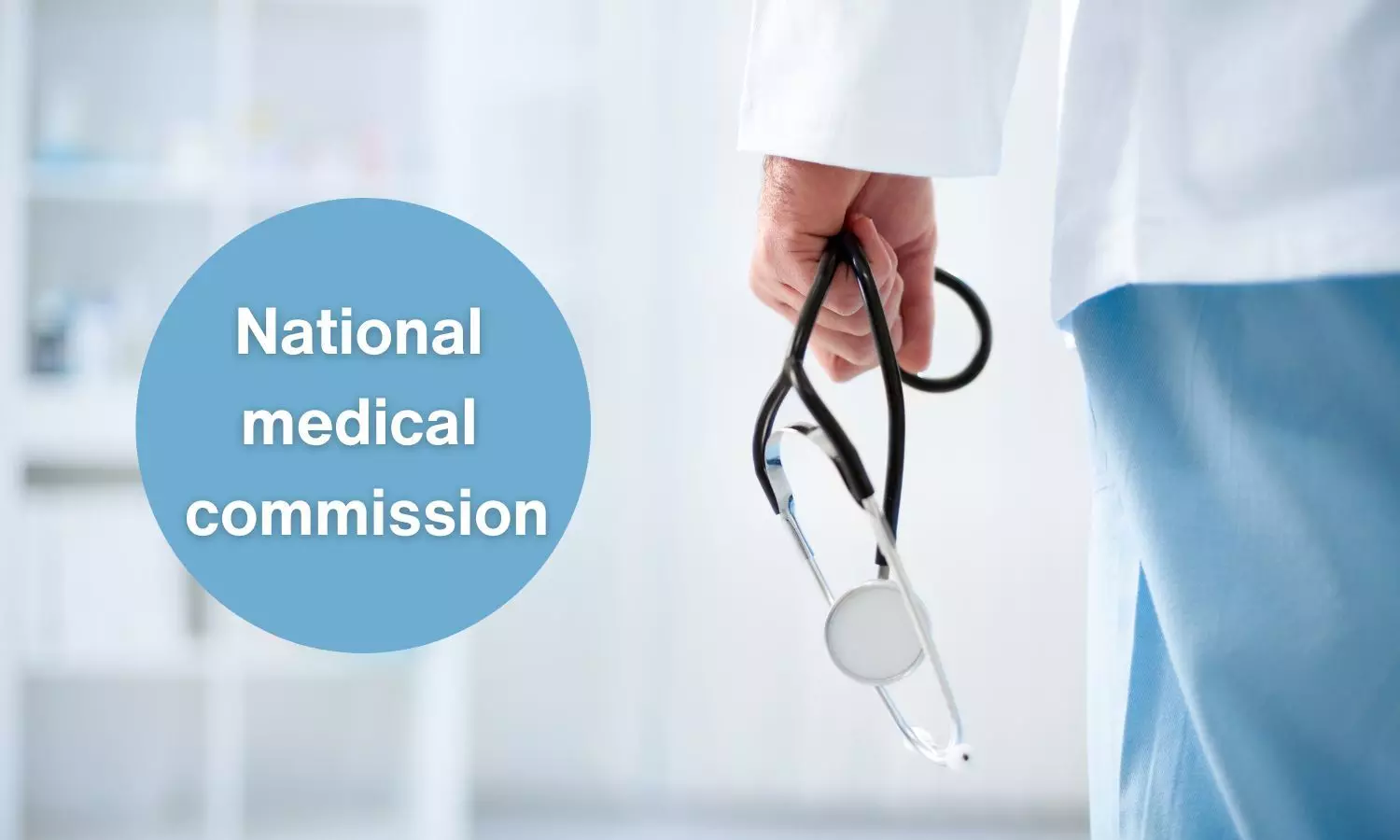
New Delhi: A Parliamentary Committee has recently recommended that the National Medical Commission (NMC) should undertake a comparative study of best practices of its parallel organisation in various countries.
Such a recommendation was given by the Department-related Parliamentary Standing Committee on Health and Family Welfare in its One Hundred Fufty Seventh Report, which was presented before the Parliament on 9th February 2024.
The panel, chaired by Shri Bhubaneswar Kalita, opined that such a study, if undertaken by NMC, can help the Commission to usher in best practices followed around the world and help make NMC an institution par excellence.
It mentioned in the report that countries across the world have adopted the Flexner Model changing it suitably whenever required. According to the USA’s National Library of Medicine website, Flexner’s report opines that all education should be utilitarian and should prepare the individual for the responsibilities of citizenship and for an occupation or a profession. It is a book-length landmark report of medical education in the United States and Canada, written by Abraham Flexner and published in 1910. The Report, also known as Carnegie Foundation Bulletin Number Four, called on American medical schools to enact higher admission and graduation standards, and to adhere strictly to the protocols of mainstream science in their teaching and research, as per Wikipedia.
After conducting a scrutiny of various governing authorities for medical education across the countries U.S.A, U.K and China, the panel observed that NMC meets international professional standards in medical education.
It was further observed by the panel that barring a few countries at the global level, the shortage of doctors at present or for the future seems to be an all-pervading problem. The developed countries are able to meet this shortfall by serving as attractive destination for medical graduates from the developing countries and by easing the process for the practice of medicine by the International Medical Graduates, noted the panel.
In the context of the standardised tests for medical education, the Committee noted the fact that behavioural and social sciences are also becoming part of the testing process of various countries to assess the ethics, integrity, etc. of the medical aspirants.
Therefore, the panel recommended in its report, “The Committee recommends National Medical Commission undertake a comparative study of best practices of its parallel organisation in various countries. The Committee feels that this measure can help NMC to usher in best practices followed around the world and help in making NMC an institution par excellence.”
Concerning the maintenance of a national database of resident doctors, the committee recommended that NMC should maintain a real-time national database akin to the GME Track of the USA.
This national database can allow access to multiple stakeholders such as the ministry, states, medical colleges and other concerned parties.
This database can also serve as a tool to decimate the limitation of resources in the newly-opened institutions and operate as a platform for experience and knowledge-sharing among the resident doctors, adds PTI.
Against this background, the committee also highlighted the issue of dual registration of doctors with the respective state medical councils where they practice and any other place where they may relocate subsequently.
This gives rise to multiple registrations of doctors with various state medical councils, making tracking difficult, it said, recommending the generation of a unique registration number for the doctors at the NMC level.
This move can also leverage the national database and usher in uniformity in the registration of practising doctors, the committee said in the report.
The committee also recommended that the ministry develops a robust medical education system and emphasises on evidence-based practices, critical thinking and continuous learning, ensuring that healthcare practitioners stay up to date with medical advancements.
In this way, quality medical education would not only secure the present generation’s healthcare needs but also be an investment in the future of healthcare, it said.
The committee noted that the importance of quality in medical education must be considered when taking into account its direct impact on the quality of healthcare services.
“High-quality medical education is the foundation upon which competent and compassionate healthcare professionals are built. It equips them with the necessary knowledge, skills and ethical principles essential for providing safe and effective care to patients,” it said.
It also recommended the government to chalk out a comprehensive India-specific approach that considers the nation’s healthcare needs in the next 20-25 years, identifies the categories of doctors such as pediatricians, ophthalmologists, neurosurgeons, critical care specialists and infectious disease specialists that the country would need rather than just randomly increase the general surgery, pharma and anatomy seats.
It said in the case of the current scenario, modalities for a fair distribution of doctors’ workforce across the country, especially in the underprivileged areas can be worked out by the NMC by offering incentives, monetary or otherwise.
Also Read: Need to increase MBBS, PG medical seats in India: Parliamentary Panel
Powered by WPeMatico

